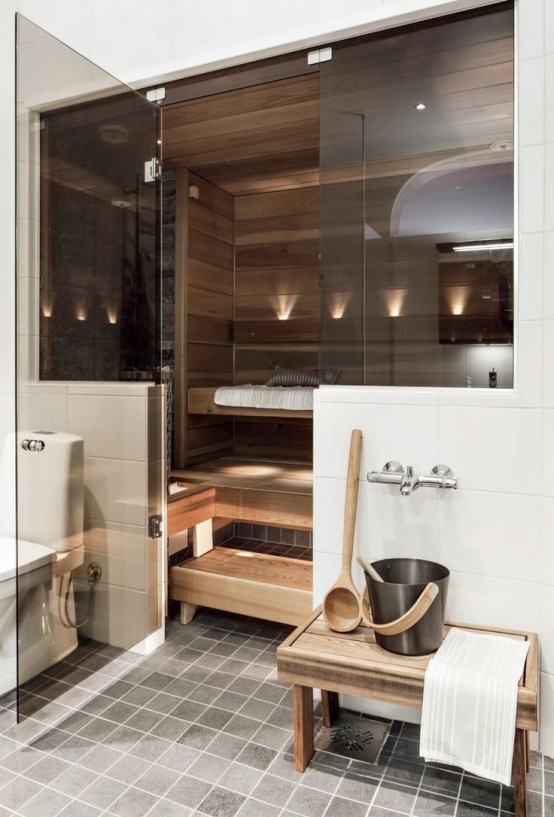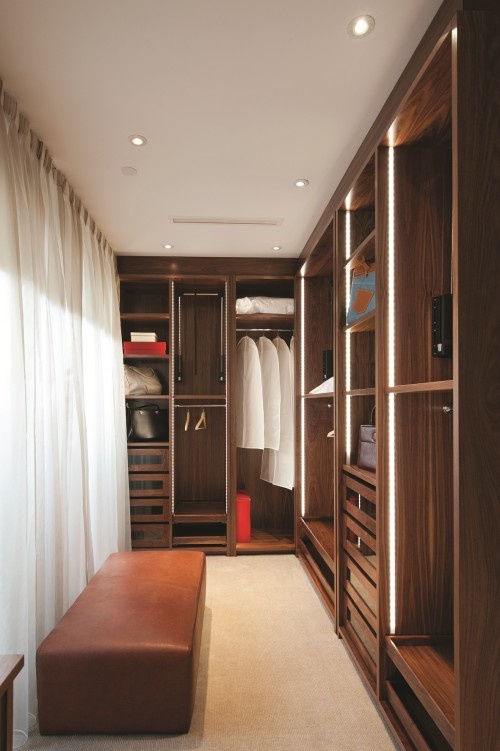Table of Content
Using a stove on a burner or on a fireplace is one of the best methods to make homemade humidifiers for congestion and a stuffy nose. This homemade humidifier solution can utilize boiling water to keep your room humidified. Homemade DIY humidifiers can be a good option as they can be used to relieve health issues caused due to dry air inside the home. Below we discuss the 10 easy ways by which you can naturally humidify your room without using an ultrasonic cool mist humidifier.

Minimize the use of these appliances to prevent drying out of the air. Even small beauty products such as hair dryers and flat irons can negatively affect the humidity level in the air. Another easy way to increase humidity in your home is to at least occasionally dry your clothes indoors by exposing them to the air. When the water from the clothes evaporates, the room becomes more humid.
low surface ice loss on Greenland this year due to heavy snowfall – consistent with climate warming
The moisture released from cooking on the stove is a great way to multi-task. Our experts continually monitor the health and wellness space, and we update our articles when new information becomes available. Just be sure not to leave your bathroom vent on or it will wick away all that moisture. If you are committed to living a healthy life and ensuring your loved ones’ health, you will benefit greatly from implementing some of these DIY humidifier ideas. There is no way of knowing whether your home has a safe moisture level without knowing the ideal range, of course.
Different types of humidifiers can be made at home using different things. And among those, a sponge humidifier is one of the easiest to make. Besides these, a DIY homemade humidifier can also prevent germs and bacteria from affordably spreading diseases. Especially if you are a bit passionate and love experimenting with things, you can now make a DIY homemade humidifier for yourself to use at home easily. Fountain – If you’re not interested in caring for fish, consider a pretty tabletop fountain. You’ll be surprised at how fast the water evaporates, particularly if your fountain is in a warm, sunny spot.
Use Hygrometers to Measure the Humidity Level in your Home
Dry skin may be yucky but a mold infestation can be much, much yuckier. Americans usually have the habit of ordering their food from local restaurants. While that is understandable, it is not the best option when it comes to the humidity levels of your home. We recommend stove top cooking every now and then so that a good amount of moisture is released which again, results in the increase of humidity.

To use damp towels to humidify a room, first make sure that the room is completely dry. Then place a few damp towels on the floor or on a work surface near the door of the room. Make sure that the damp towels are not touching any other objects in the room. This type of wick in a humidifier does work more like a dish sponge, in which water gets absorbed automatically when left in water. These are good at providing higher airflow when wet and hence increased moisture.
Use stove steamers:
If you can’t do without plants, consider swapping your house plants for air plants. Air plants don’t grow in soil and they actually absorb moisture through their leaves. A few popular options include the Pink Quill, Sky Plant, Brachycaulos, Cacticola and Bulbous air plants. Of course, one of the best appliances for reducing humidity in a home is a dehumidifier. A dehumidifier kicks on when the humidity rises above a certain, preset level. Once on, the machine uses a fan to pull in the humid air, run it over a refrigerated coil to allow the moisture to condense and collect inside a small tank.
Downspouts that drain water close to the foundation of a house can cause persistent humidity problems. So, redirect downspouts to drain the water at least five feet away. It is also a good idea to have at least a one-foot-wide gap between your garden and the border of your home. When investigating the cause of high humidity and you uncover a localized water spot on the floor or ceiling, your culprit is a leak. If the water has caused significant damage or mold, you might need to have the area remediated.
Get started with this option by poking holes into a gallon-sized freezer bag. Next, soak the sponge in warm water and squeeze it gently to remove the excess moisture. Finally, put the contained sponge in a large bowl, then set it in the area where you wish to increase the moisture. If you use a dishwasher, turn off the heat-dry option and allow your dishes to air dry. Air-drying reduces the heat and water vapor coming from the dishwasher. Unless it is raining outside, you have no good reason to hang wet clothing indoors to dry.
In some cases, the dryness faced is so brutal, it starts to suck out moisture from the insides of your body so much so that you could also face severe infections. Heating appliances dry up the surrounding air and thus affect the humidity adversely. These include appliances such as dryers, ovens, and space heaters.
So without further ado, here are some of the best ways to humidify a room naturally. If you have a candle warmer, you can easily transform it into a safe, effective homemade humidifier that can double as a simple essential oil diffuser. Find a large jar that will fit on the candle warmer, fill it up with water, and add your favorite essential oil or blend . The water will evaporate steadily, and you’ll soon feel much more comfortable in your home.
These two methods work on the principle of using water vapor that is released from the water in the air to create moist air. There are also other methods such as using a steam humidifier, which uses steam generated from boiling water and releasing it into the surrounding air. Most of us automatically flip on the bathroom fan to keep all the humidity from our daily shower from causing excess condensation. Instead or flipping that switch, leave the bathroom door open while you shower. The steam from your shower will exit via the door, evaporating into the air and humidifying at least part of your home. If everyone in your family showers with the door open, you’re probably going to notice quite a difference immediately.
Fill your space with plants proven to improve indoor air humidity levels, like spider, jade, and rubber plants. Tossing your clothes into a dryer will only contribute more to indoor air dryness. If you don’t already have one, investing in a clothes rack costs as little as $5.
This exposure to sunlight helps to speed up the evaporation of the water in the vases. Fill the glass or container with water until the lower portion of the cloth or sponge is immersed. As time passes, the water will evaporate from the surface of the water in the bowl and from the surface of the wet cloth or towel. Having dry air in your home can be uncomfortable, especially if you have asthma, allergies, skin conditions like psoriasis, or a cold. Increasing the humidity, or water vapor in the air, is usually done with a humidifier. Weather strip those windows, grab your favorite wool sweater and get all cozy this winter.
Leave The Bathroom Door Open While Showering
The first way is to place the sponge in a bowl of water and soak it for a few minutes. All the above tips can be well used to make a good homemade humidifier for babies, adults, seniors, and even pets at home. In case the bathroom is in front of your room , you can boost the room’s humidity using the shower-humidifier method.

No comments:
Post a Comment